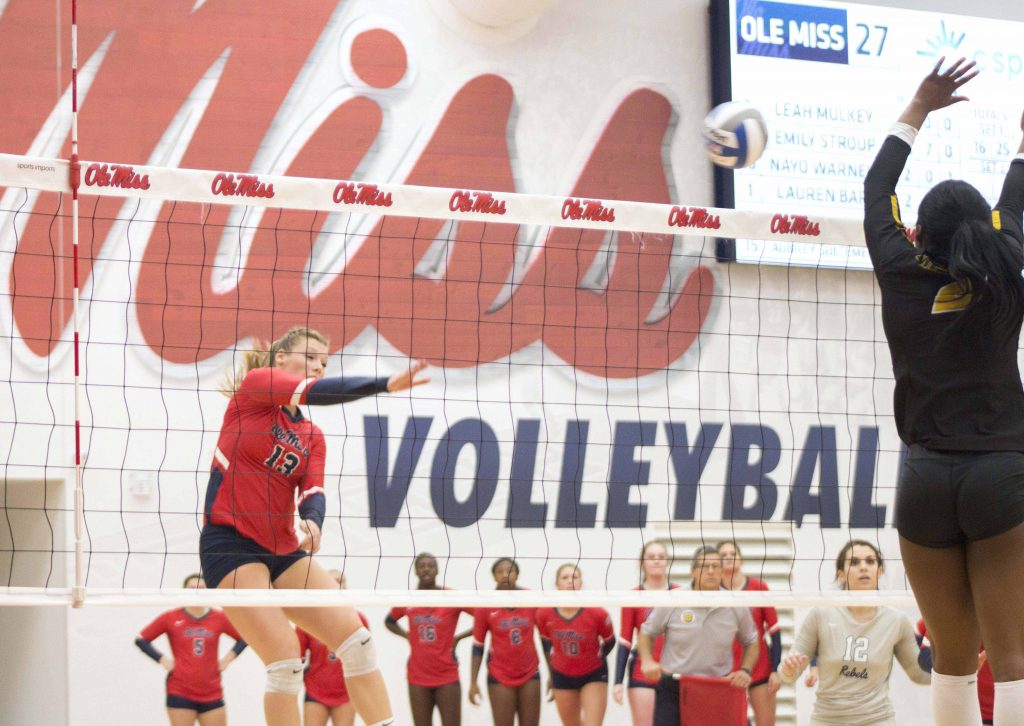The university is allowing students living in Crosby Hall to relocate to different dorm rooms at no additional cost after the university conducted air quality tests for mold spores in the residence hall.
The tests were conducted by ERG Environmental Inc. after students reported issues of mold growing in the Crosby Hall rooms.
The report stated that out of the 36 air sample tests collected, two of the samples contained elevated levels of mold spores and one sample contained mold spores that were actively growing. Mold spores are the reproductive units of mold that allow the fungi to spread.
One of these two samples came from a room where a high level of penicillium mold was discovered. The test found there was an elevated mold count of 4,860. In order to be considered safe, the recommended mold count is under 700. The total amount of mold spores discovered was 5,960, and the recommended level is under 2,000.
“It is recommended that further investigation techniques be employed in Room 826 to determine the source and what further actions are necessary,” the report stated.
In one of the samples that contained an elevated mold spore count, the air sampling test revealed an elevated count of mushroom spores in the room. The amount of spores there is 2,020 and the recommended amount to be considered safe is 2,000.
In another air sample, the environmental group collected a physical sample of mold spores and had the sample analyzed at a lab. The results showed the air sample was clean, but there were mold spores that were “actively growing.”
“Although interior spore counts in Room 352 are slightly higher than recommended, it would be anticipated that individuals experiencing any adverse effects in this area would have similar symptoms from exposure in the natural environment (outdoors),” the report stated.
The statement said a new heating ventilation and air conditioning unit was installed, which could have lead to dust forming discoloration. The report recommended the university clean the dorm rooms’ ceilings as needed.
“There is a good probability that dust particles were dislodged within the existing duct work and are currently being brought in as part of the makeup air due to the nature of the installation of the new system,” the statement read. “Therefore, it would be reasonable to assume that dust particles have been captured by the ceiling material (soft acoustical texture) causing some discoloration.”
Bill Sothern, a certified mold expert and Chief Investigator and Founder of Microecologies Inc. in New York, told The Daily Mississippian last week that he often observes that organizations in environmental investigations, particularly organizations who have to spend money to fix a problem, end their investigations after taking air samples.
“Don’t let someone come in there and take the air samples and let them tell you something is okay because air samples are famously subject to false negative results,” Sothern said.
Sothern said air samples are not a bad way to conduct a test, but air samples shouldn’t be the only test that organizations conduct.















